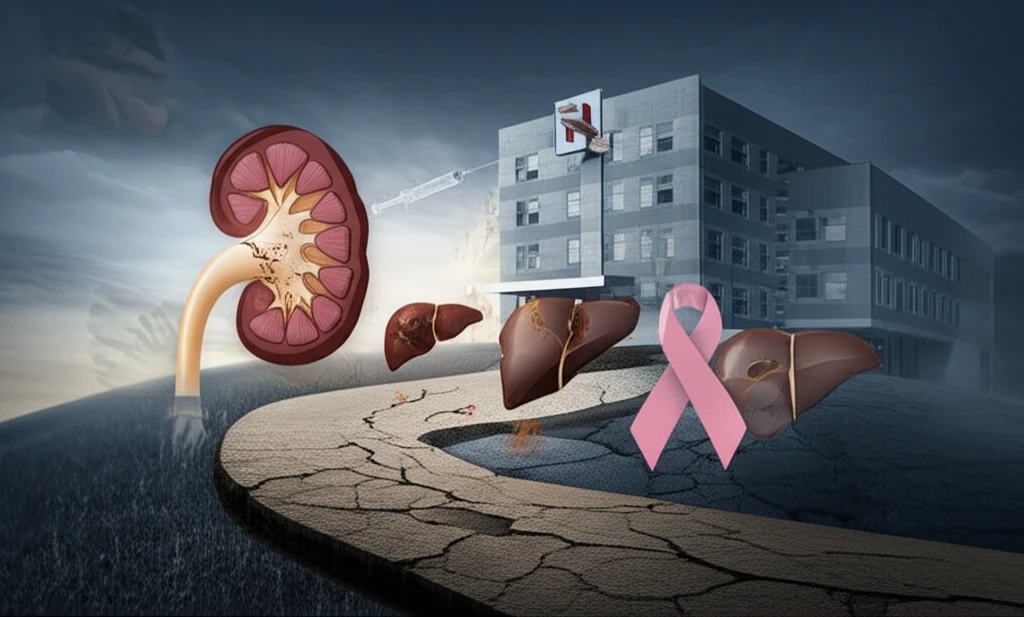
Sepsis Readmission Risks: What You Need to Know
"New research identifies key factors that can lead to repeat hospital visits for sepsis survivors, especially in underserved communities. Learn how to protect yourself and your loved ones."
Sepsis, a life-threatening condition caused by the body's response to an infection, is a major cause of hospitalization and can lead to frequent and costly readmissions. If you or a loved one has survived sepsis, understanding the risks of readmission is crucial for preventing future health crises.
While there's growing research on sepsis readmissions, less is known about the specific challenges faced by medically underserved populations. These communities often rely on safety net hospitals, which provide care regardless of a patient's ability to pay. A new study sheds light on these unique risk factors.
This article will break down the key findings of a recent study conducted at a safety net hospital, identifying the factors that increase the likelihood of sepsis readmission within 30 days. Understanding these risks can empower you to take proactive steps and work with your healthcare providers to improve your health outcomes.
Decoding the Risks: Key Factors in Sepsis Readmission

The study, which analyzed 1,355 sepsis survivors, revealed a 22.6% readmission rate within 30 days. This rate is consistent with previous studies, highlighting the ongoing challenge of sepsis readmissions. A significant portion of these readmissions (47%) were due to infections, raising questions about the effectiveness of initial treatment and the potential for new infections.
- Pre-existing conditions: Patients with end-stage renal disease (ESRD), malignancy (cancer), and cirrhosis (liver disease) were more likely to be readmitted.
- Bacteremia: The presence of bacteria in the bloodstream during the initial hospitalization increased readmission risk. This suggests that complete eradication of the infection is critical.
- Vascular Catheters: Being discharged with a vascular catheter (used for medication or dialysis) was associated with higher readmission rates. Catheters can be a source of infection if not properly managed.
- Sepsis Severity: Interestingly, less severe sepsis during the initial hospitalization was linked to a slightly reduced risk of readmission. This could be because patients with more severe sepsis receive more intensive monitoring and follow-up care.
Taking Control: What You Can Do to Reduce Your Risk
While some risk factors, like pre-existing conditions, can't be eliminated, understanding your individual risk profile is the first step toward prevention. Talk to your doctor about your specific risks and develop a plan to manage them effectively.
Here are some proactive steps you can take:
<ul><li><b>Optimize chronic disease management:</b> Work closely with your healthcare team to manage conditions like ESRD, malignancy, and cirrhosis.</li><li><b>Prevent infections:</b> Practice good hygiene, get vaccinated, and seek prompt treatment for any signs of infection.</li><li><b>Careful catheter management:</b> If you have a vascular catheter, follow your doctor's instructions for care and monitoring, and report any signs of infection immediately.</li><li><b>Ensure adequate follow-up:</b> Make sure you have a clear plan for follow-up appointments and medication management after discharge from the hospital.</li></ul>
